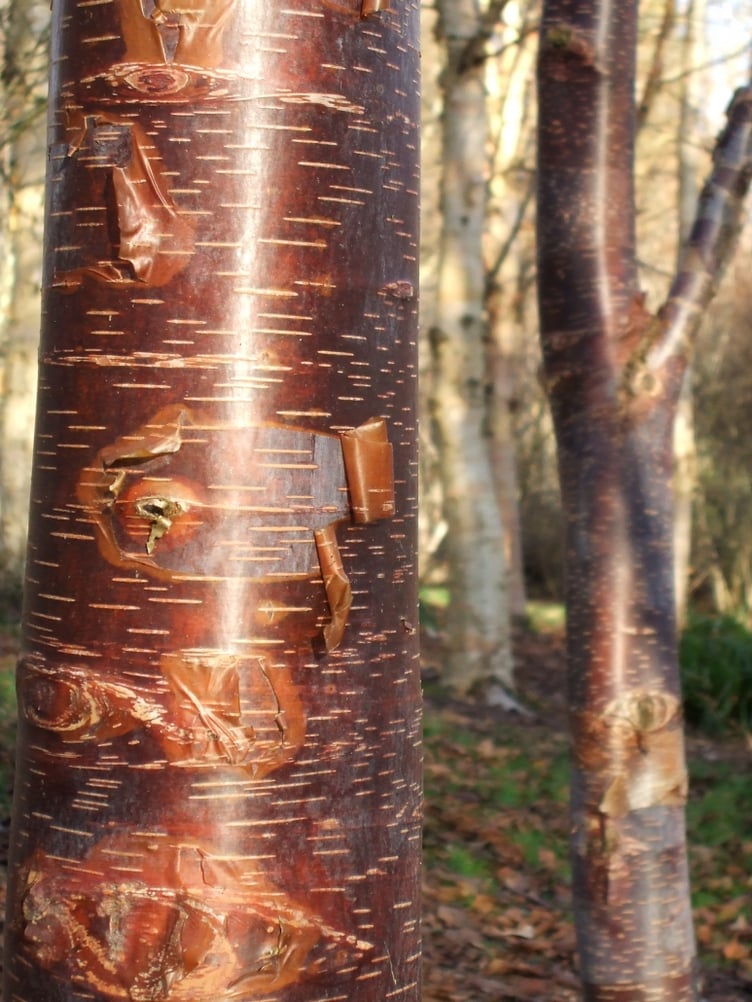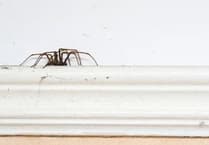When people plan a garden, they often start with the herbaceous plants that will fill beds and borders, providing plenty of colour and interest for the spring and summer. However, it is equally important to consider those plants that will provide the framework, the canopy and the shelter. Trees have a vital role in a well-balanced garden. They provide contrast of height and shape, dappled light and shade, flowers and fruits. Mature trees can host an amazing variety of species. Lichens, algae and liverworts. Insects, beetles, caterpillars, moths. Birds, bats, owls and small mammals.
So much of our native wildlife need trees for food, shelter, protection and raising young. Encouraging and observing wildlife in your garden brings immense joy, so it makes sense to include trees in the design.
Trees have other benefits. They act as wind-breaks and stabilise the soil – particularly important around river-banks and on steep ground. In urban areas they can filter pollutants out of the air.
And then there is the spiritual benefit. Whether you like climbing them, touching their bark or just sitting underneath them, most of us communicate with trees in some small way. Perhaps this is why we are so shocked when a tree is felled by a storm. Something so solid taken from our landscape so abruptly. It is like a death in the family.
Late October heralds the start of the traditional tree planting season. As young trees go dormant for the winter, they can be dug up and transplanted into permanent positions. Now is your chance to plant one.
Trees come in all shapes and sizes. Some are small and delicate, such as mountain ash (Sorbus), ideal for a small courtyard garden, providing flowers, bright ornamental fruits and good autumn colour. Meanwhile, longer-lived trees such as oak, beech, sycamore and horse chestnut will form tall, densely shading canopies with low spreading branches.
At Stone Lane Gardens we have National Collections of Birch and Alder as well as a nursery growing many of the beautiful birch trees in our collection. Birch are a good choice for gardens, as they are generally delicate trees with a light and airy branch structure and small leaves casting very little shade. Most birch develop quite stunning bark from an early age, peeling attractively. They are tactile trees that just beg to be touched and stroked. Some of the far eastern species have quite exotic colouring. The stems reveal shades of pink, copper, red, orange and brown, with subtle changes of colour as the bark peels away. The Chinese red birch, Betula utilis ssp albosinensis has many fine examples. Names like China Rose, Pink Champagne and Red Panda are evocative of the bark colour. Being quick growers, birch soon form a focal point in the landscape.
We will begin lifting and selling trees in our nursery from the end of October, but you can reserve your trees now by visiting our website. Our trees are grown in Devon from our own material. We are always happy to give advice.

.jpeg?width=209&height=140&crop=209:145,smart&quality=75)



Comments
This article has no comments yet. Be the first to leave a comment.